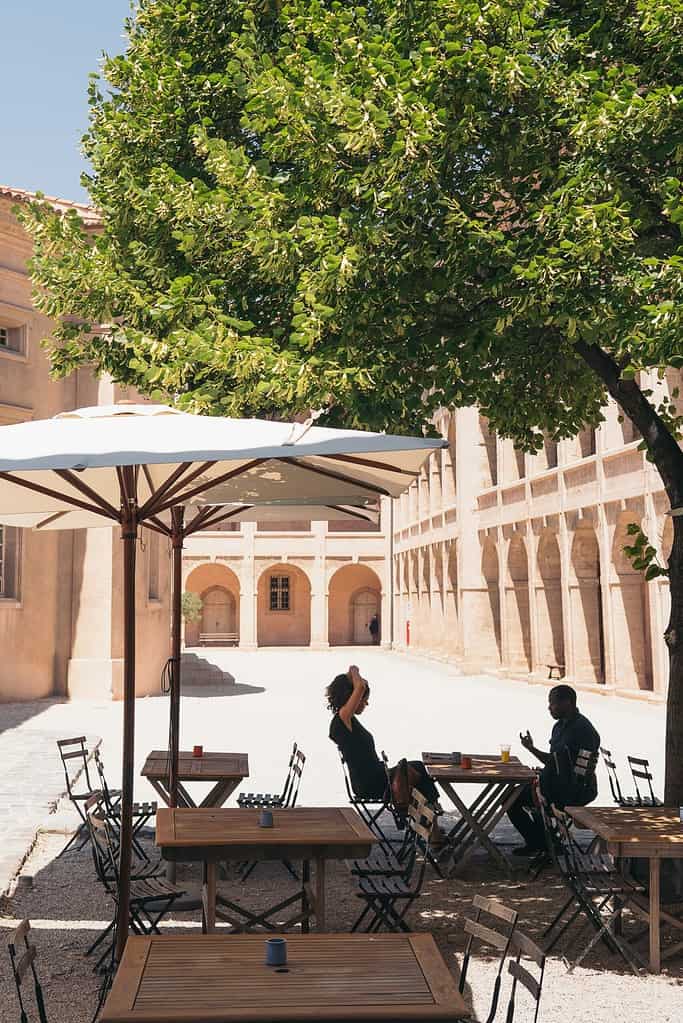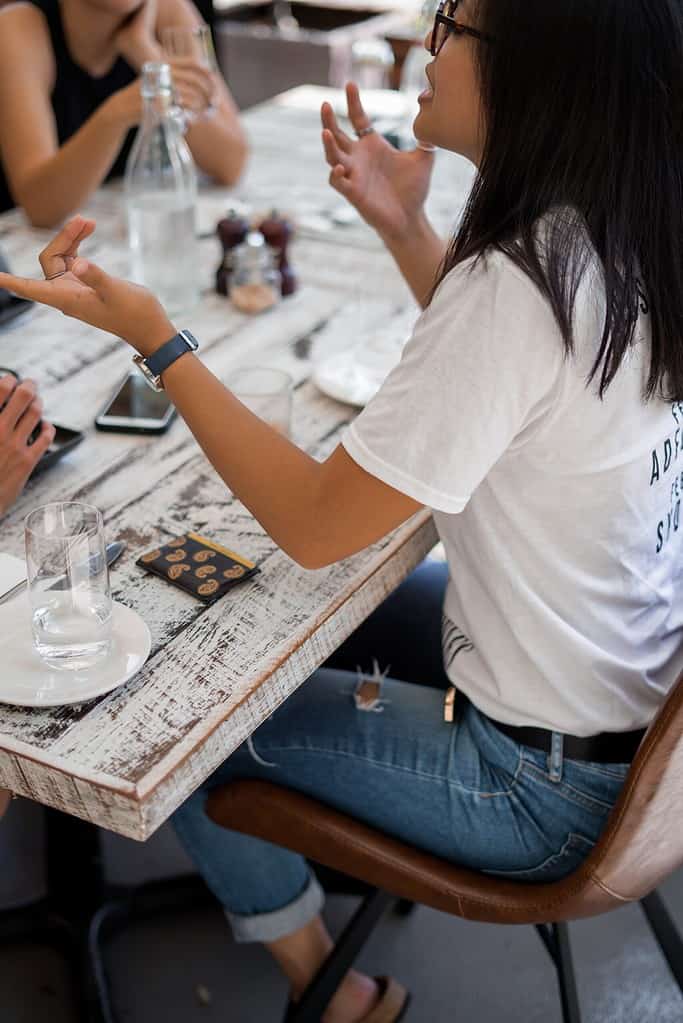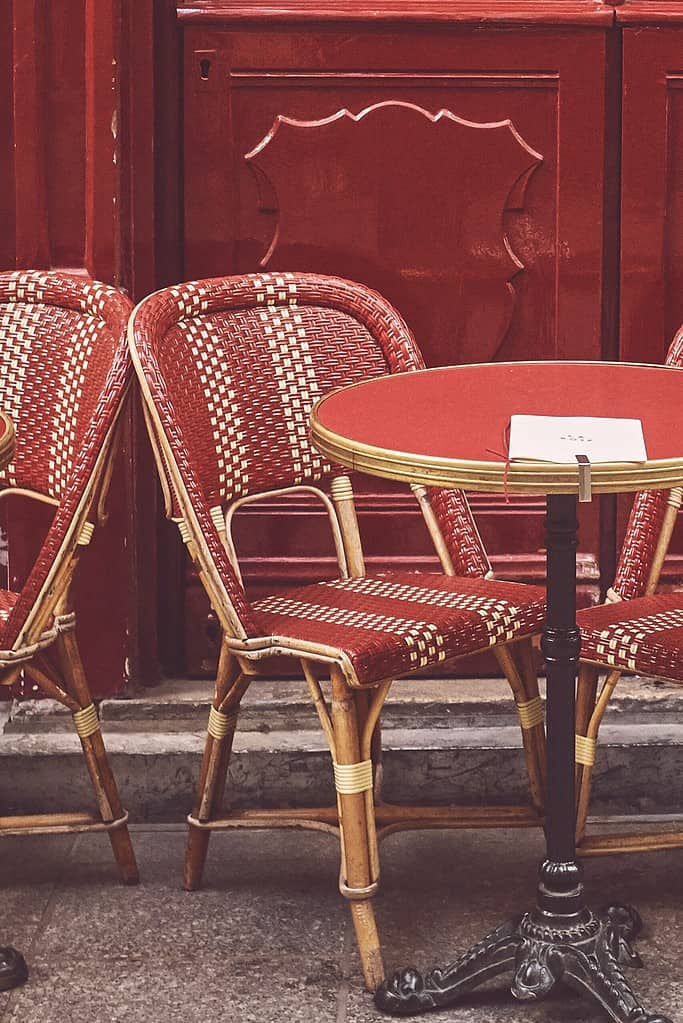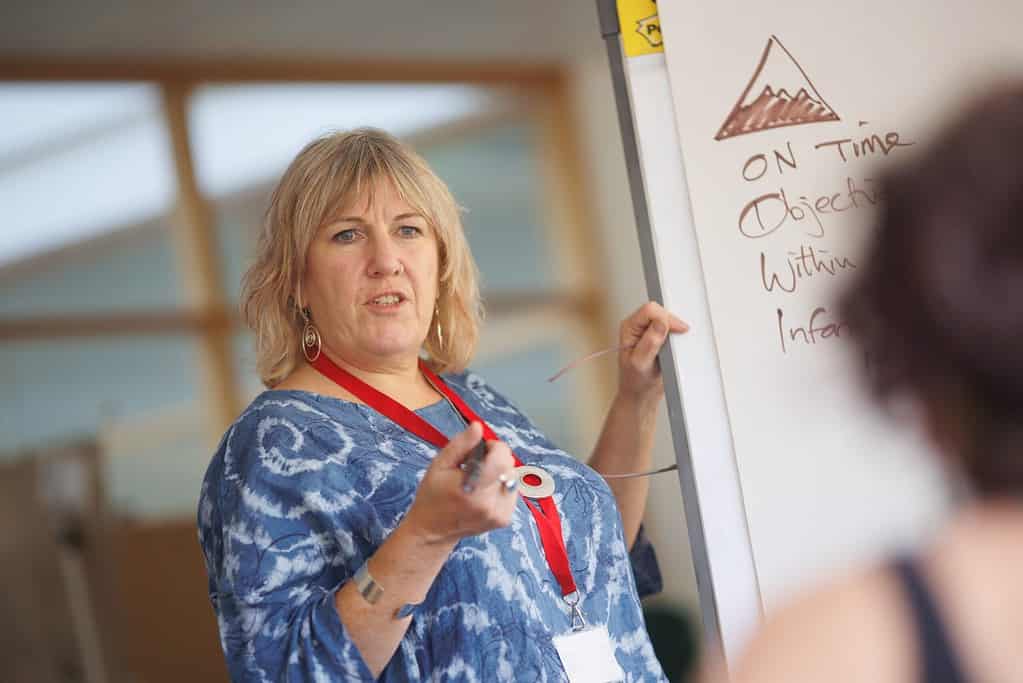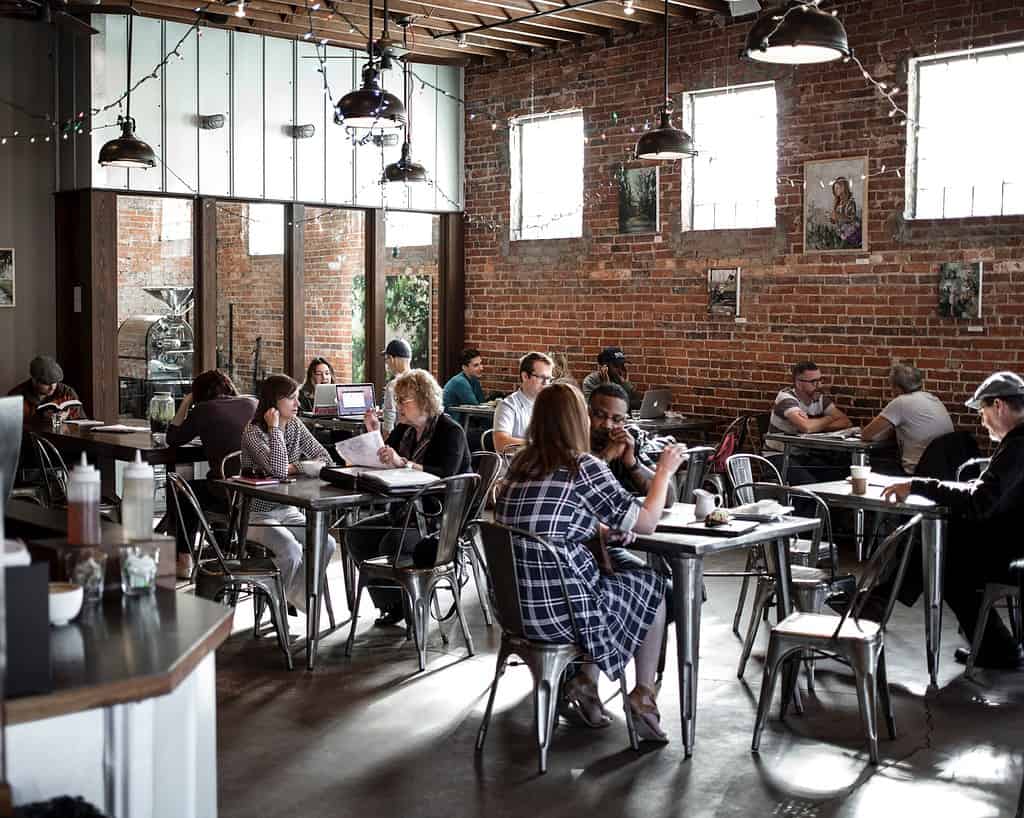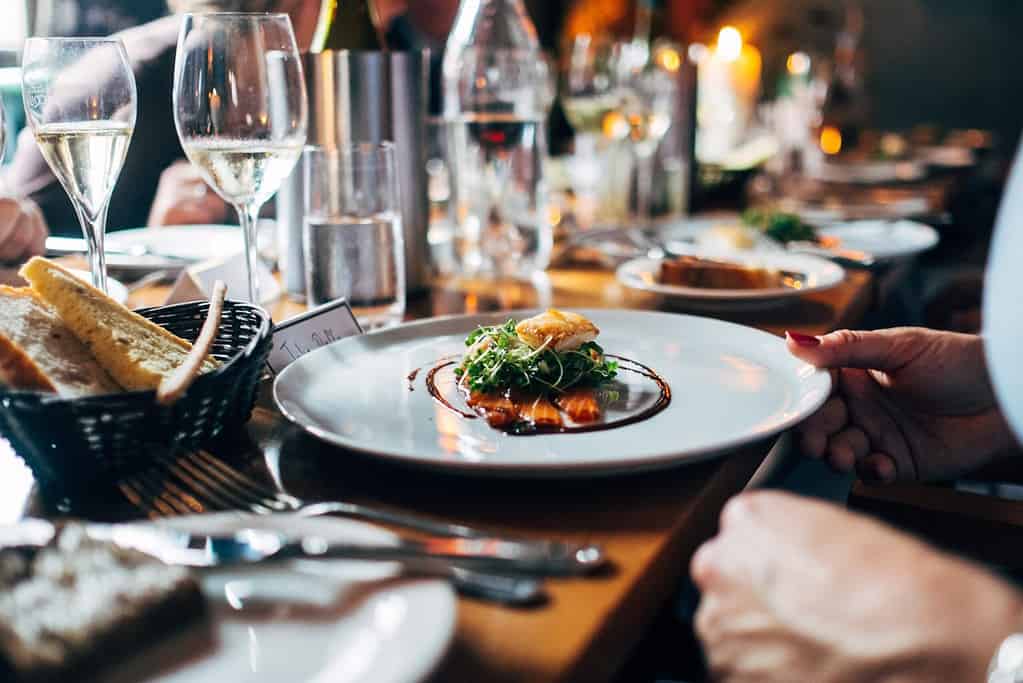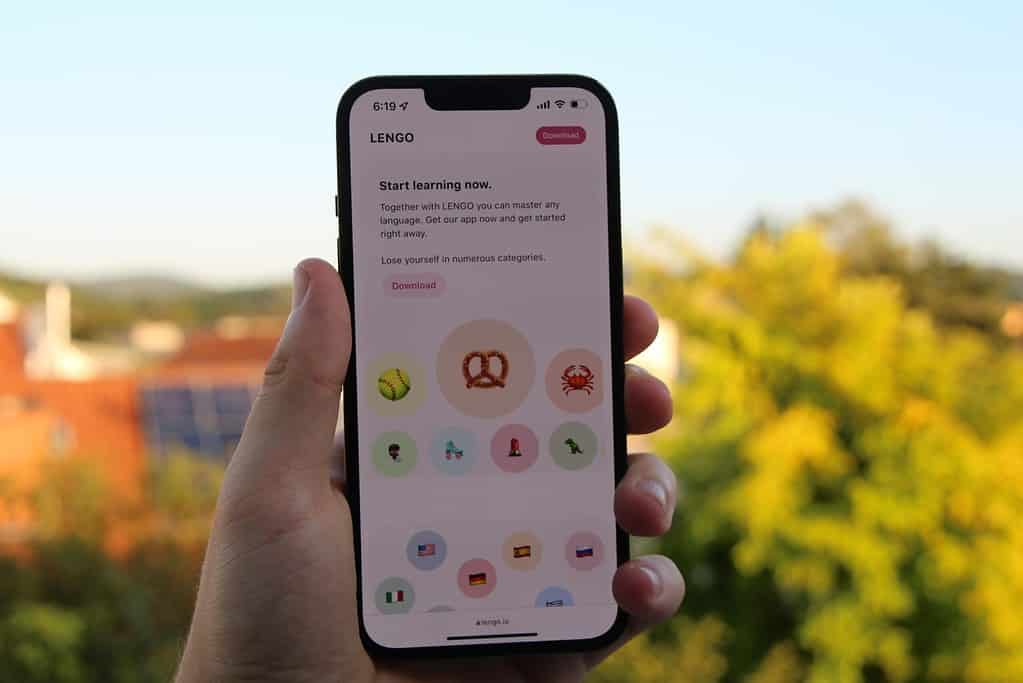Introduction to Learning French Through Cooking
Imagine immersing yourself in the aromas and flavors of traditional French cuisine while simultaneously picking up a new language. French language learning through cooking offers a rich, multi-sensory experience that brings the language to life. As you chop, stir, and present mouth-watering dishes, you are also absorbing vocabulary and phrases in context. This innovative method transforms a typical language lesson into a delightful cultural exploration. Approaching French from a culinary perspective not only makes learning memorable but also helps build confidence in conversational skills. For example, while you prepare a dish, you might practice ordering ingredients or discussing cooking techniques, much like engaging in real-life scenarios featured in articles such as French Through Film. If you’re seeking more dynamic language practice, consider exploring how swaplang connects you with native speakers in private sessions by visiting our homepage.
Benefits of Integrating Language Learning with Cooking
Merging cooking with language learning has several key benefits. For starters, it appeals to both visual and kinesthetic learners by linking physical actions with vocabulary. You’re not just memorizing words from a textbook—you’re actively using them as you slice vegetables and create a meal. This sensory involvement reinforces memory and helps establish a deeper connection with the language. Additionally, traditional French recipes introduce you to cultural nuances and conversational phrases that are commonly used around the dinner table. The natural rhythm of preparing a meal can mimic the cadence of everyday French conversation, making it easier to pick up intonation and pronunciation. For learners who enjoy hands-on experiences, incorporating cooking into your language study can be a refreshing break from conventional learning methods while continuously reinforcing new words in a practical setting.
Essential French Culinary Terms and Phrases
An essential part of blending French language learning with cooking is becoming familiar with culinary terms that carry cultural significance. One of the most frequently used phrases in French kitchens is mise en place, which means “putting in place” and refers to the organization and preparation of ingredients. Equally important is the term julienne, a knife skill that involves slicing vegetables into thin strips resembling matchsticks.
Another cornerstone of French cooking is the creation of a roux, a blend of butter and flour that acts as the base for various sauces and soups. As you delve deeper into French recipes, you will encounter the term bouquet garni, a bundle of herbs such as parsley, thyme, and bay leaf that infuse soups and stews with robust flavor. For delicate presentations, mastering the art of chiffonade—a method for slicing leafy greens into fine ribbons—can truly elevate your dish. Each term not only enriches your cooking techniques but also expands your vocabulary in a practical and engaging manner.
Traditional French Recipes to Try
One of the best ways to solidify your French vocabulary is by cooking traditional dishes. Consider trying a classic ratatouille, a hearty vegetable stew that demands both attention to detail and an appreciation for fresh ingredients. As you follow the recipe, you’ll encounter everyday words like ingrédients, lavez (wash), coupez (cut), and mijoter (simmer), making it a practical language lesson in itself.
For example, begin by preparing your vegetables: 2 aubergines, 2 courgettes, 1 poivron rouge, 1 poivron jaune, 4 tomatoes, 1 onion, and 2 garlic cloves. Start by washing and dicing your vegetables before heating olive oil in a large pan. Sauté the onion and garlic until golden, then add the rest of the vegetables and let them cook slowly while the sauce develops its rich flavor. This hands-on experience reinforces vocabulary from both the culinary and language realms, making every step a lesson in French terminology and cultural expression.
The Role of Cooking in Understanding French Culture
Cooking is more than just assembling ingredients—it’s a window into the heart of French culture. The culinary arts in France are steeped in history, tradition, and regional diversity, each recipe carrying with it a narrative that reflects the lifestyle and values of its people. Engaging with these recipes allows language learners to understand the significance of shared meals and social rituals. Whether it is the meticulous organization signified by mise en place or the artistry behind a perfectly executed sauce thickened by a roux, each technique has a story to tell.
As you practice these terms, you’re also learning about the French concept of terroir—the unique combination of geography, climate, and tradition that influences every dish. This holistic approach not only improves your language skills but also deepens your cultural appreciation, bridging the gap between linguistic theory and everyday life.
Tips for Practicing Conversational French While Cooking
Finding moments to speak French during your cooking session can prompt dynamic language practice. Try rehearsing cooking instructions aloud as you work, which will help transition vocabulary from passive recognition to active conversation. Practice phrases that you might use in a French kitchen, such as asking for clarification on a recipe or commenting on the aroma of a simmering sauce.
A practical approach is to simulate a conversation with a fellow learner or native speaker. For instance, while preparing your ratatouille, you might ask, “Comment prépare-t-on la sauce?” or discuss the ingredients and their origins. This interactive method of learning mimics real conversation scenarios, making language acquisition a natural byproduct of engaging in a familiar, enjoyable task. Resources like real-life practice exercises provide additional strategies, ensuring you can carry your new vocabulary over to everyday discussions.
Resources for Further Culinary and Language Exploration
The journey to mastering French through cooking doesn’t have to end at your kitchen counter. Numerous resources are available to help you further explore both the culinary arts and conversational French. Consider using platforms like swaplang for one-to-one video exchanges that help you practice speaking with native French speakers in a secure, ad-free environment. Additionally, online articles that delve into topics such as effective language exchange methods and cultural immersion strategies can offer new insights. For a blend of practical and cultural tips, check out the guide on mastering casual conversations in French and explore further perspectives provided by debunking common French learning myths.
If you’re excited about integrating cooking with language learning, now is the perfect time to deepen both your culinary skills and French conversational abilities. Sign up for swaplang and start your immersive learning journey today!




